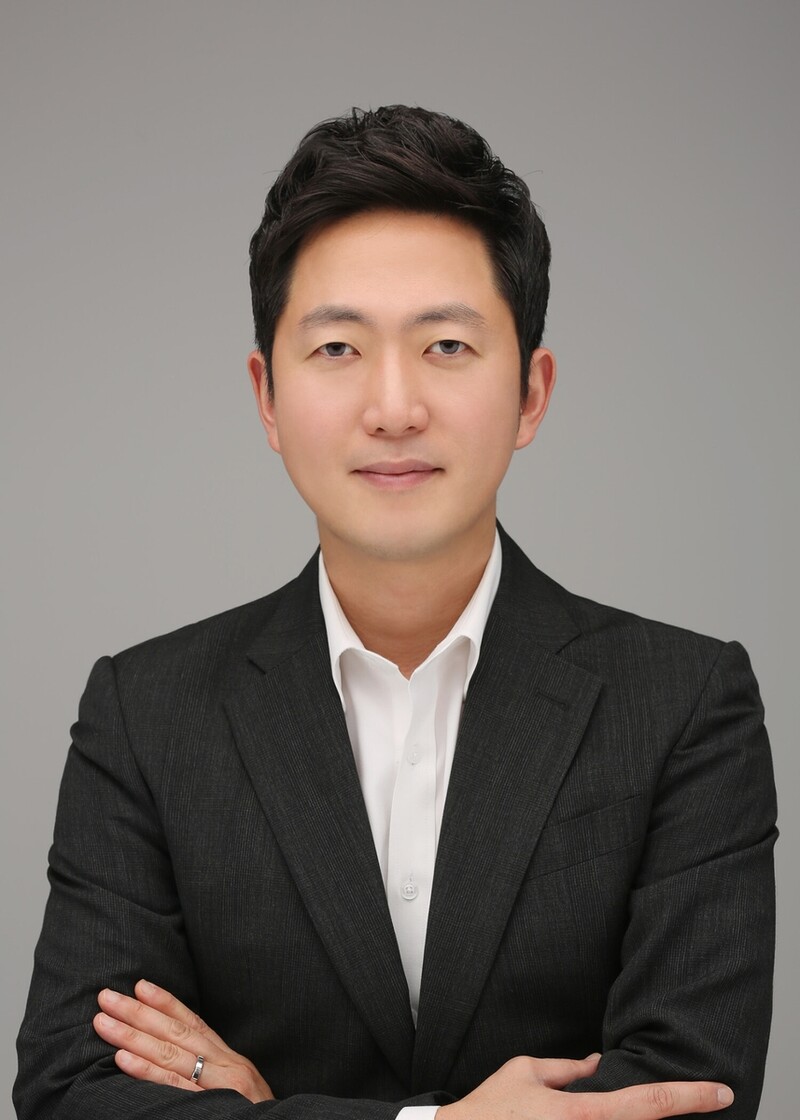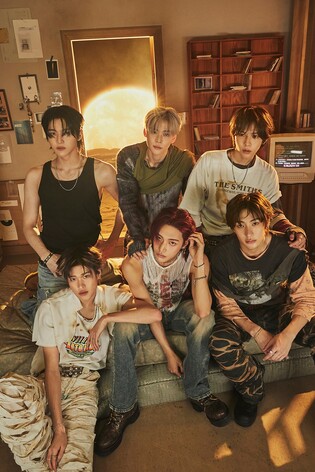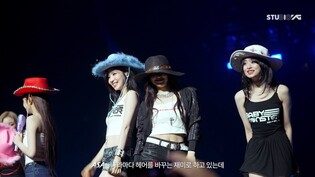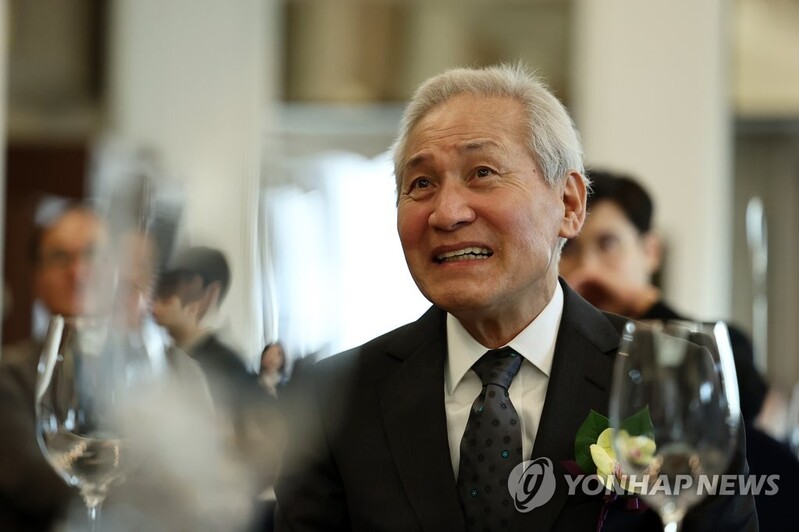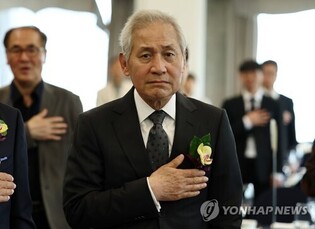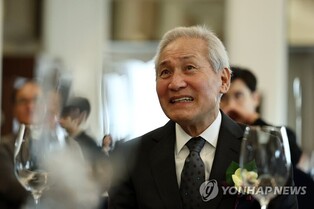*Editor’s note: K-VIBE invites experts from various K-culture sectors to share their extraordinary discovery about the Korean culture.
Scrutinizing AI: The Emergence of Orchestra-Conducting Robots
Contributed by Lee Eun-jun (professor at Kyungil University)
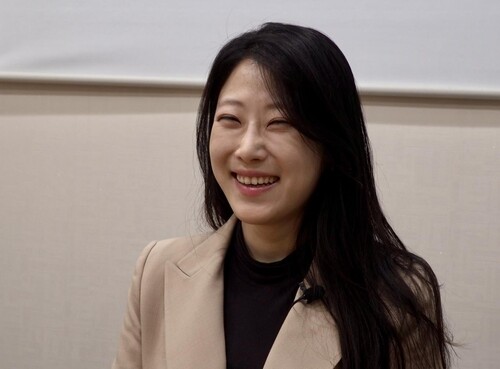
Last October, a groundbreaking event unfolded: a robot conducted an orchestra.
At a concert by the Dresden Sinfoniker, a regional orchestra in Germany, a next-generation robot conductor named "MAiRA Pro S" (hereafter referred to as MAiRA) made its formal debut.
The concert was held to commemorate the 25th anniversary of the Dresden Sinfoniker. The event, titled "Robot Symphony," featured performances conducted both by a human conductor and by the robot conductor. The purpose was to demonstrate music that combined innovative conducting techniques with 21st-century technology.
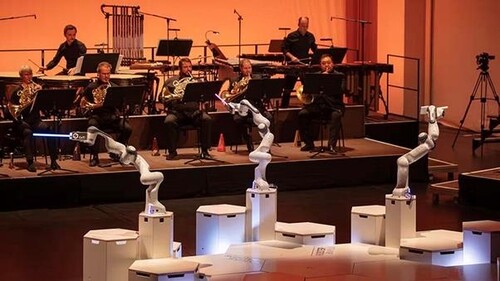 |
| ▲ MAiRA conducting the Dresden Sinfoniker during a performance, captured from Dresden Hellerau Hall website. (PHOTO NOT FOR SALE) (Yonhap) |
MAiRA, on stage as the conductor, was equipped with three robotic arms. Each arm held a fluorescent baton of a different color, and MAiRA directed the orchestra members in tempo, leading the performance. The robotic arms guided different groups of instruments, coordinating their tempos to create harmony.
By employing robotic arms, MAiRA conducted segments of the performance that would be challenging for a human conductor to execute, utilizing movements pre-learned through prior observation of human conductors.
This technology showcased not only the ability to maintain precise tempos but also the potential to contribute to musical expression and emotional communication. Furthermore, it suggested that artificial intelligence could play a supportive role in specific scenarios, such as conducting, complementing human creativity.
MAiRA's striking appearance, wielding short, light-saber-like batons of different colors to synchronize the beats, was awe-inspiring. The orchestra responded to the three batons, divided into separate sections, producing intersecting rhythms.
This technique allowed for one section to start slowly and accelerate while another decelerated, creating a seamless auditory experience that sounded as if it came from a single source.
Markus Lint, the orchestra's artistic director, envisioned such a sophisticated robotic conductor over two decades ago while rehearsing complex compositions. Lint collaborated with experts from the Center for Tactile Internet with Human-in-the-Loop (CeTI) at Dresden University of Technology. CeTI adheres to the principle of robots and humans cooperating rather than competing, which was instrumental in the innovation behind MAiRA.
Lint worked with MAiRA for two years, teaching it complex conducting gestures by demonstrating arm movements approximately 40 times, much like instructing a human conductor. Under Lint's guidance, MAiRA integrated these intricate movements into its repertoire.
Each of MAiRA’s arms is equipped with seven joints, allowing complete freedom of motion. A safety mechanism activates when the baton is swung forcefully, ensuring no harm comes to MAiRA itself or the orchestra members.
MAiRA proves particularly valuable in conducting complex experimental pieces or for educational purposes. From the author’s perspective, technology like MAiRA could provide significant benefits to professionals in the field of music.
Last October in Sweden, a robotic arm performed a cello piece in an orchestra, marking a groundbreaking event. This robotic arm, created by combining an industrial robotic arm with 3D-printed components, was designed to replicate the intricate finger movements and bowing techniques required for cello playing.
The composer Murad explained that the idea originated from imagining a robotic arm capable of playing sections that are particularly challenging for human performers. Murad emphasized that the starting point of the project was translating music into a code that the robotic arm could interpret and perform. Unlike humans, the robot does not play the music as an expressive interpretation but rather executes it in the form of interpreted code.
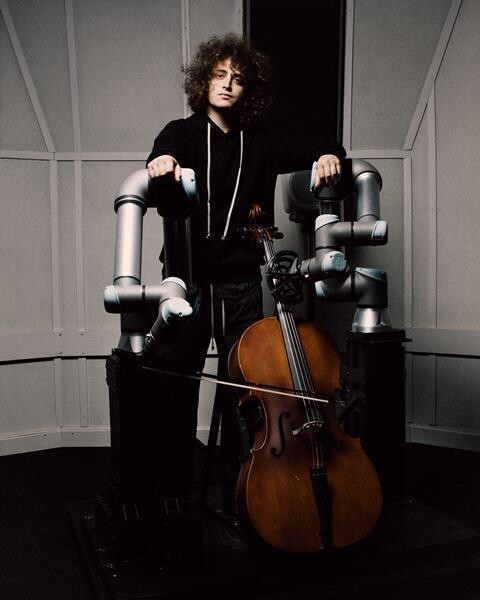 |
| ▲ Gérard Murad with the cello-playing robot, captured from Murad's thread. (PHOTO NOT FOR SALE) (Yonhap) |
He stressed that this fusion of technology and music should not be viewed as a threatening replacement for human artists.
As an artist engaged in creative work and a university educator, I find myself reflecting deeply on the implications of technologies like Ai-Da, MAiRA, and Murad’s cello-playing robotic arm, which I have previously discussed. The reality of artificial intelligence actively participating in creative processes raises fundamental questions such as, “Must an artist necessarily be human?”
In my opinion, the world does not yet seem to have an answer to this question.
Who, then, is the true subject of art?
Who leads the genesis of creation?
It is time for everyone involved in the arts—practitioners, leaders, and aspiring artists alike—to ponder these questions seriously.
As Murad, who was involved in the robotic cello arm project, argued, this kind of technology should be viewed as a "tool" that opens new dimensions for art. Viewing it as something that will replace human artists reflects a short-sighted and narrow perspective.
We should see this period as a time when art and technology interact, complementing each other’s limitations.
In the future, collaboration between humans and artificial intelligence—robots—will offer artists new tools and sources of inspiration.
This will enable the next generation of artists to push the boundaries of innovative artistic expression and create entirely new forms of art.
Art has already passed through the eras of "techne" and "ars" and has long since experienced limitless expansion and development through the Industrial Revolution.
As the physicist Michio Kaku, a distinguished professor at the City University of New York, mentioned in his 2010 book Physics of the Impossible: A Scientific Exploration of the World of Phasers, Force Fields, Teleportation, and Time Travel, there are no challenges today that are impossible with current technology.
It is only a matter of time.
(C) Yonhap News Agency. All Rights Reserved



















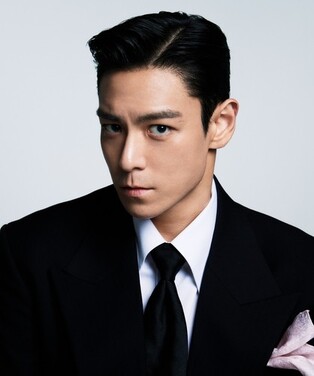

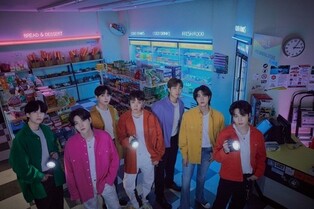
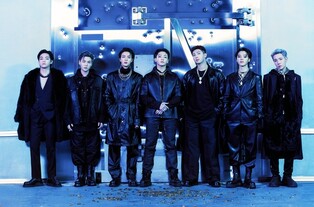
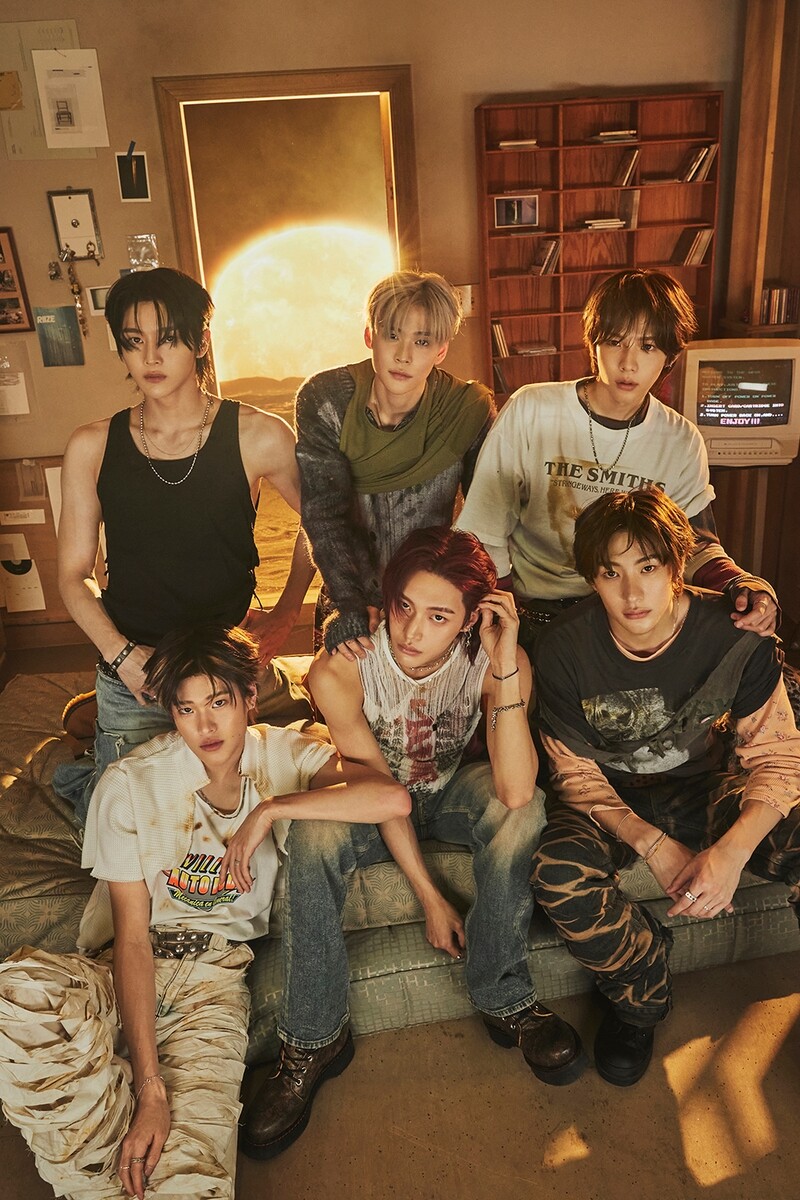
![[가요소식] 베이비몬스터, 첫 북미 투어 다큐 공개](/news/data/20260102/yna1065624915971209_797_h2.jpg)
